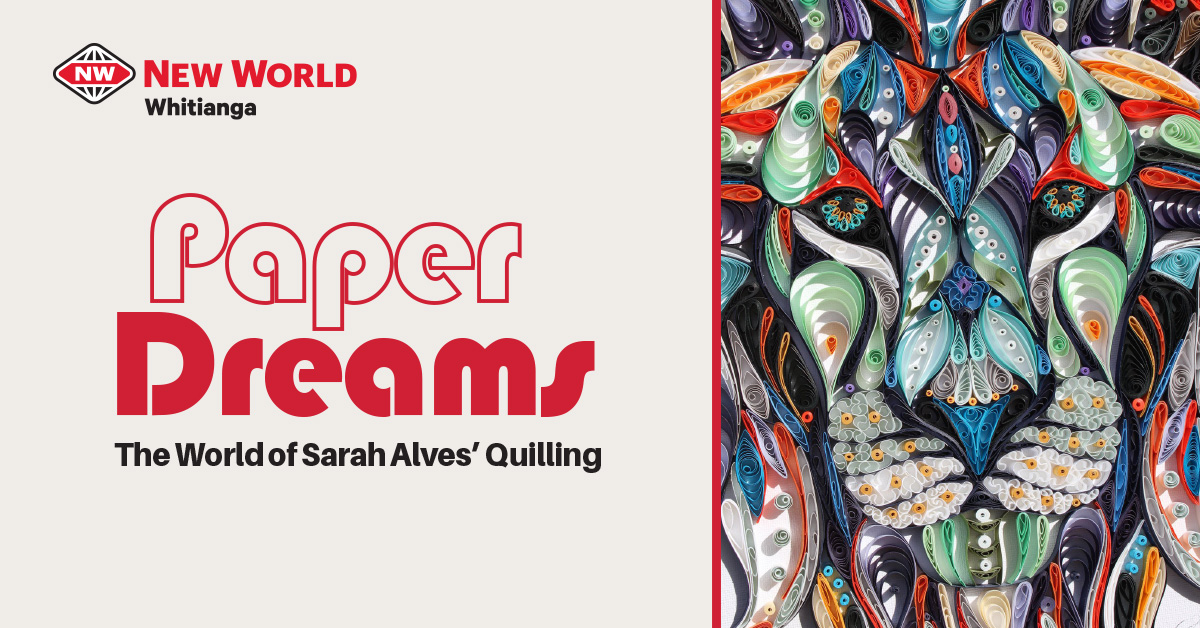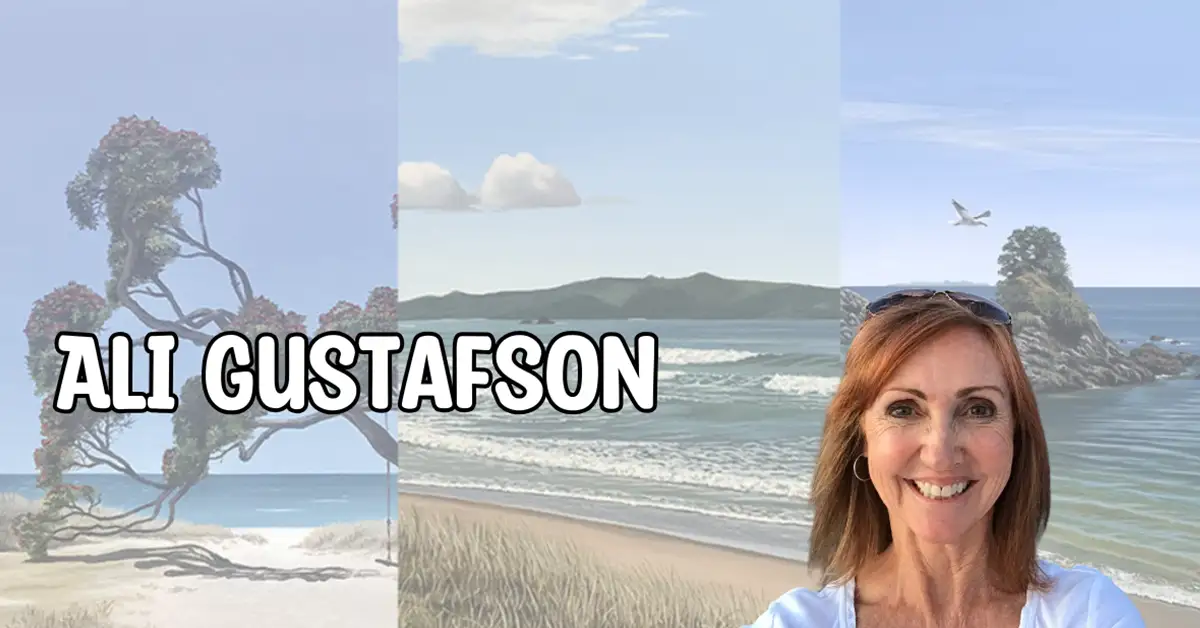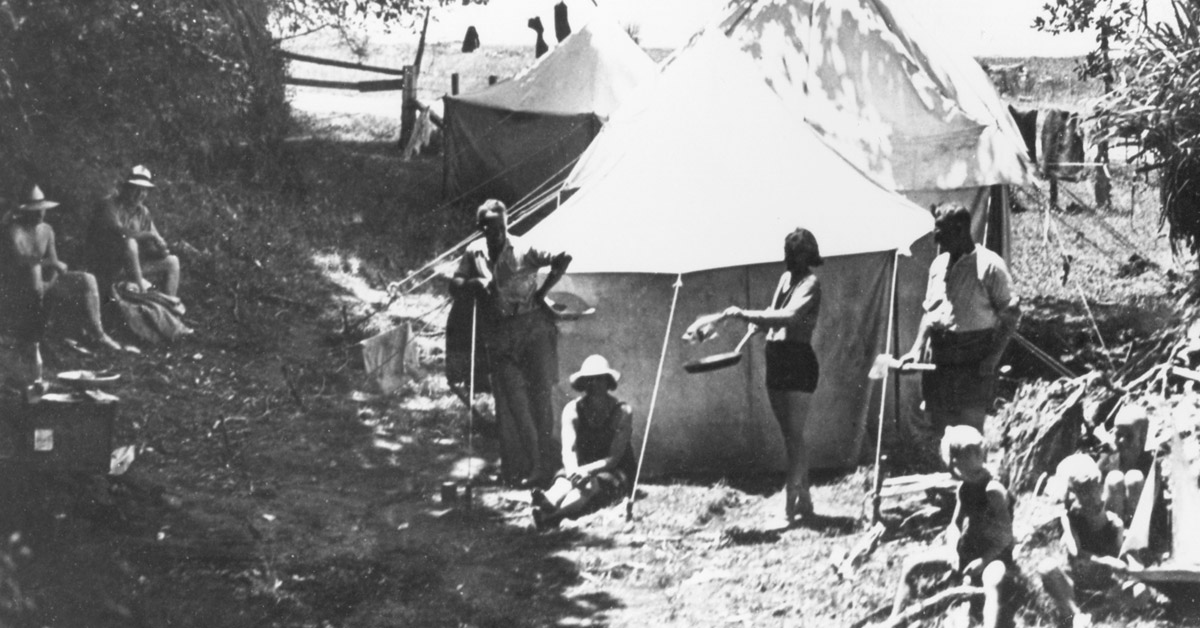
I guess sailing became part of my future genetic makeup back in 1865 when my great-great grandfather William Foote abandoned his timber milling business in Newfoundland Canada because adverse weather over several years had affected tree growth.

Together with another family, the Peaces, he bought the 132-ton brigantine (sailing vessel) called Clara, loaded her with a steam engine and all their timber milling machinery and set off for a new life in New Zealand. Aboard were 37 people including the 2 families’ 14 children, a number of paying passengers, and 14 crew, together with ducks, chickens, geese, pigs and sheep for a few barbies along the way. Mrs Foote gave birth to another little one during the voyage, while 5 more little Footes (or should it be Feet?) arrived after reaching Aotearoa. No condoms in those days, or perhaps they were Catholics and condoms weren’t part of the Pope’s plan.

Anyway, the Clara bore them all safely to Cape Town where, upon arrival, the men immediately hit the port’s alehouses for a bit of R and R after the long ocean voyage – typical yachties.
Mrs Peace however was a “strict Presbyterian and temperance woman who had them all sign a pledge to abstain from intoxicating drink before they went ashore.
They did sign it, but the effect lasted less than a day, and a search party was sent out to retrieve some of the men who did not return, including William Foote.”
The ship was re-provisioned before setting sail again, but during the long rough journey through the Southern Ocean from Cape Town to Australia, the fresh food ran out, spirits were very low and the crew even committed the sin of killing 3 albatrosses for the barbie, while “On Good Friday, a turkey was killed, but as the Catholics were fasting there was all the more for the Protestants. Mrs Peace felt that there was too much ‘rowdyism’ allowed by the captain. She tried to keep her boys apart from the others, as they [would] not be improved by mixing with them.” She did not approve of William Foote who was inclined to get ‘on the ale’ and become argumentative. When I remember, as a young man, the Protestant and Catholic parents of some of my friends, who wouldn’t condone their children marrying a member of the other religion, I can imagine how hard it must have been for the families aboard the Clara to get on.
On arrival in Melbourne, the fare-paying passengers complained about conditions on board and the captain was fined £74 for “not having sweet and wholesome provisions, insufficient privy accommodation, not having a supply of medical comforts, not producing a Master’s list, and not having fitted life buoys.” Safety and sanitation didn’t seem to be priorities in that era. OSH would have had a field day.
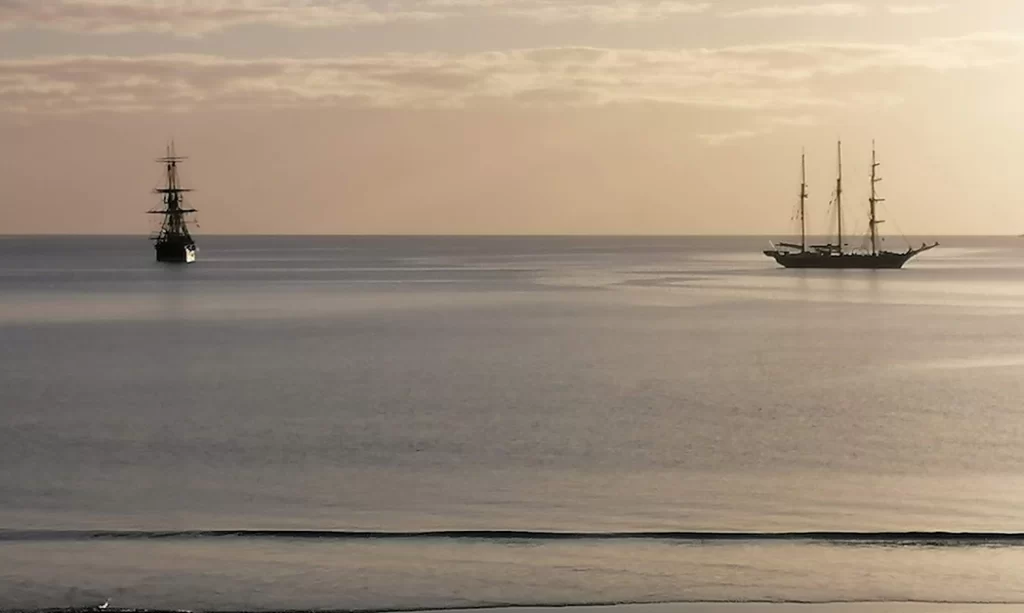
They eventually arrived at Onehunga in Auckland after the 6-month sail from Canada and started a kauri milling venture on the west coast, north of the Manukau Harbour. I am not sure how many of the forest giants they left for future generations to enjoy. I guess they had no qualms about felling the mighty kauri which to them must have seemed like an endless resource.
Fast-forward 150 odd years and, as you will read, my own sailing adventures have been much more modest than my ancestors’. Apart from sailing a 2-metre-long P class yacht a few times as a young boy, and a few trips in a friend’s sailing dory, my sailing hours were almost zilch until I was about 35, when I remember one day walking along the Ostend Causeway on Waiheke Island admiring the various multi-hulled sailing craft pulled up on the shore. I wasn’t thinking of buying a boat. I was just taking a wander after a hard day teaching accounting and maths to teenagers which, as you can imagine, wasn’t one of the most memorable days of my life. However, I eventually came across an 18-foot Polynesian style Wharram catamaran which somehow caught my eye and the idea of owning a sailing craft started to slowly emerge out of the myriad debits and credits and economic formulas that were still swimming in my brain. By the next day I had decided I wanted my own boat but the 18-footer didn’t really have any below-deck sleeping accommodation. I needed something a little bigger, so I went down to the Causeway again a few days later for another wander.
Well, as luck or synchronicity would have it, I was standing by the 18-footer looking out to sea and noticed a light blue sail ghosting into the bay. I watched and waited until I recognised the familiar Polynesian shape of another Wharram catamaran heading for where I was standing. Being vessels of shallow draft, catamarans can be safely sailed right onto the beach in calm conditions. The blue-sailed craft, which was named Ruamoko after the Māori god of earthquakes, volcanoes and seasons, hit the sand in front of me. She was 23 feet (around 7 metres) long, painted a glistening white colour and had a small cabin in each hull. “That’s a beautiful boat,” I said admiringly to the captain. “Hi, my name’s Charlie and yes, she is a beauty. She’s for sale if you know anyone interested.” He replied. Of course, I was blown away that life could deliver on a nascent dream in such a way and so quickly, and without even thinking, I said “Yes, yes.” And so began a 40-year-and-counting sailing and ocean adventure.
Over the next few years, I sailed Ruamoko to locations all around the Hauraki Gulf, to Coromandel, Kawau, Great Barrier Island to name a few, having all kinds of adventures interspersed with a few mostly non-life-threatening mishaps. I remember one summer meeting up with, and rafting up to, two French yachts in Port Fitzroy on Great Barrier Island. It was a magical time of golden weather, gourmet French cook-ups and friendly locals from the Wairahi community who one day challenged us yachties to a cricket match. As you probably know, the French have never been big on cricket, and neither was my crewmate who was originally from America. So, as the only Kiwi on the 3 boats, I was appointed coach/captain. I could still hit a cricket ball reasonably proficiently, and bowl a passable off-spinner, a legacy from my high school first eleven days. However, trying to teach these skills to first timers was quite daunting. The Wairahi team looked sharp and appeared to be reasonably competitive. Nevertheless, after a few practice hits and with nothing to lose, we started the match.
Wairahi batted first and with a lot of luck, a few of my deadly off-spinners and some acrobatic catches from my French and Yankee teammates, we managed to dismiss them quite cheaply. The locals looked a bit worried as we came out to bat, as I was told they had never lost their annual cricket game with visiting yachties. Somehow, I remembered my off-drives and late cuts from high school days. Like riding a bike, I guess these things never leave you, and together with a few fours bashed by the novice French batsmen we overtook Wairahi’s meagre total to claim victory. The locals eventually overcame their disappointment over their shock loss and hosted us to the traditional post cricket match barbeque and music. Truly a great day. I have often wondered, over the years, if their annual cricket fixtures still happen in the upper reaches of Fitzroy Harbour. To be continued …
All quotes from: Foot it featly by Finlay Foote (1965. https://natlib.govt.nz/records)
Words by Ross Liggins
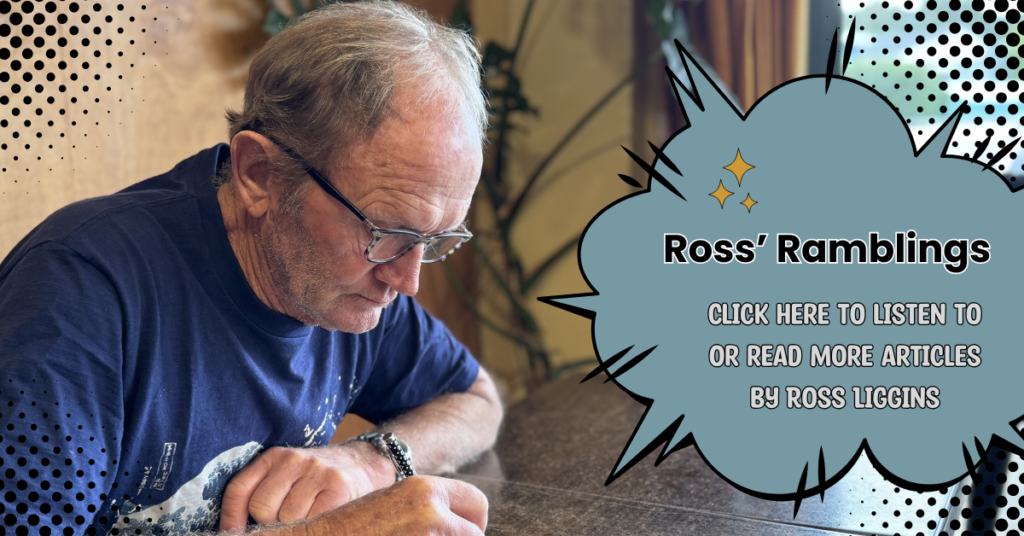
Coromind: Coromandel’s Collaborative Magazine

Help us take Coromind Magazine to new heights by becoming a member. Click here
Change the Weather for Your Business: Advertise with Us.
Advertise your business in the whole Hauraki Coromandel in the coolest Coromandel Art Magazine, from Waihi Beach/Paeroa /Thames up to the Great Barrier Island.
Advertise Smarter, Not Harder: Get in Touch



